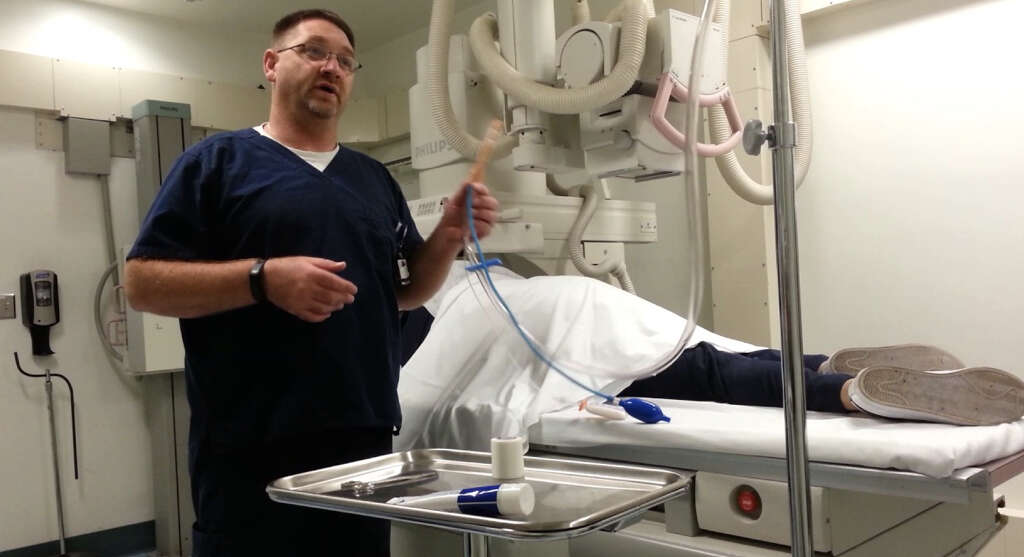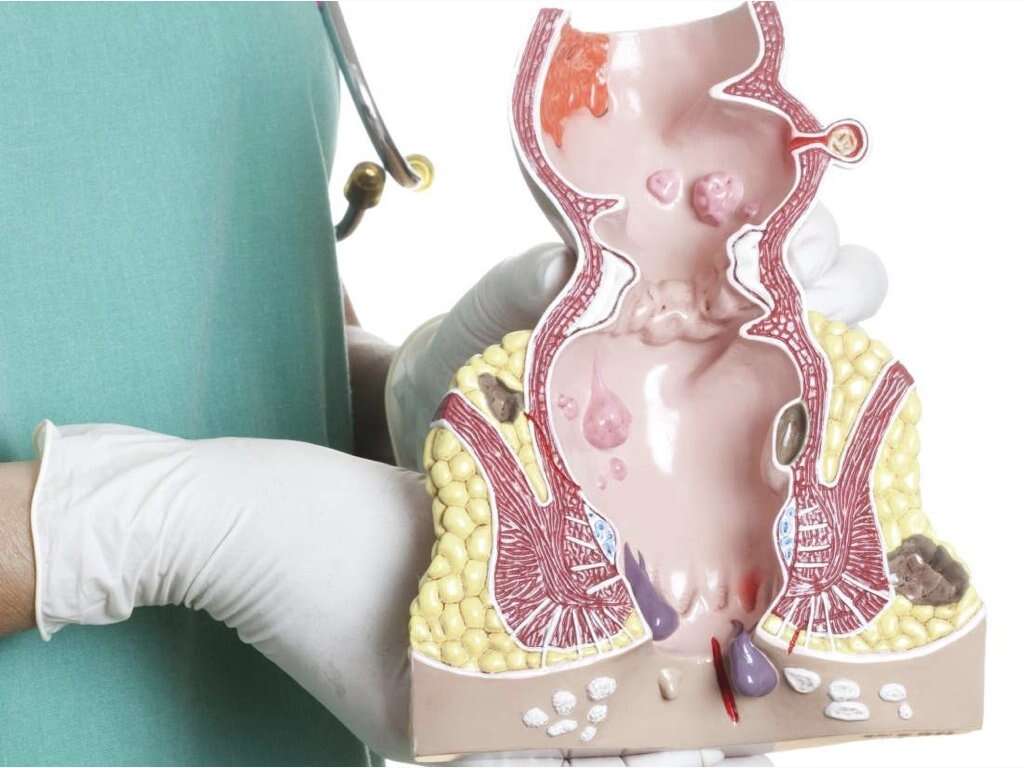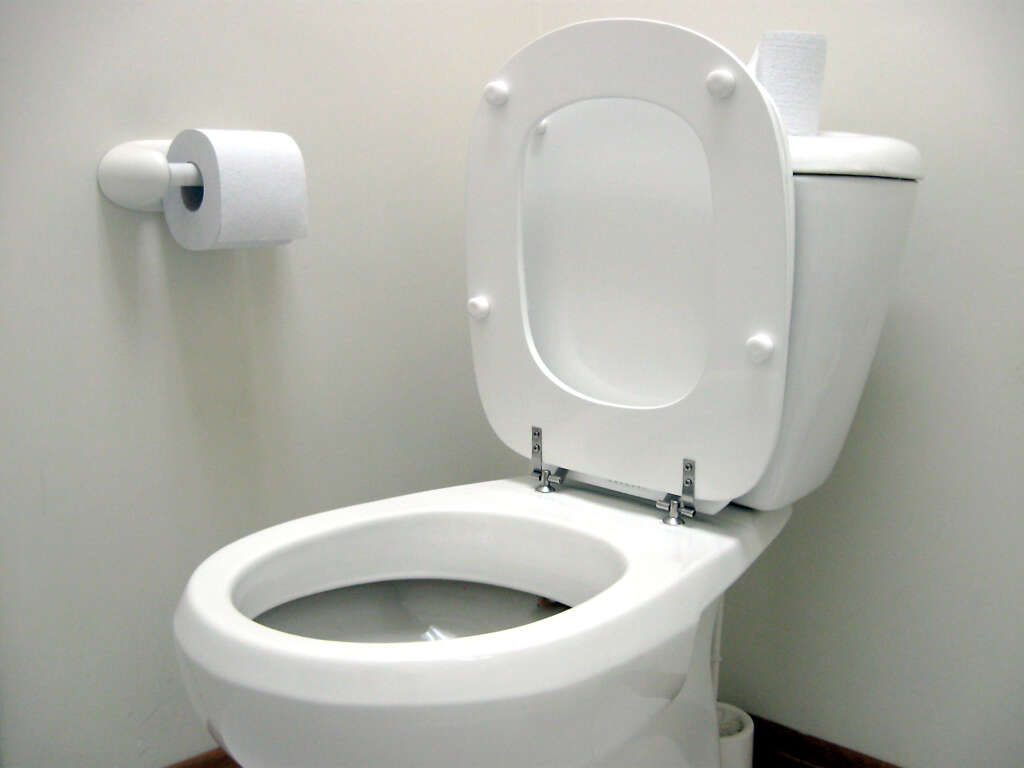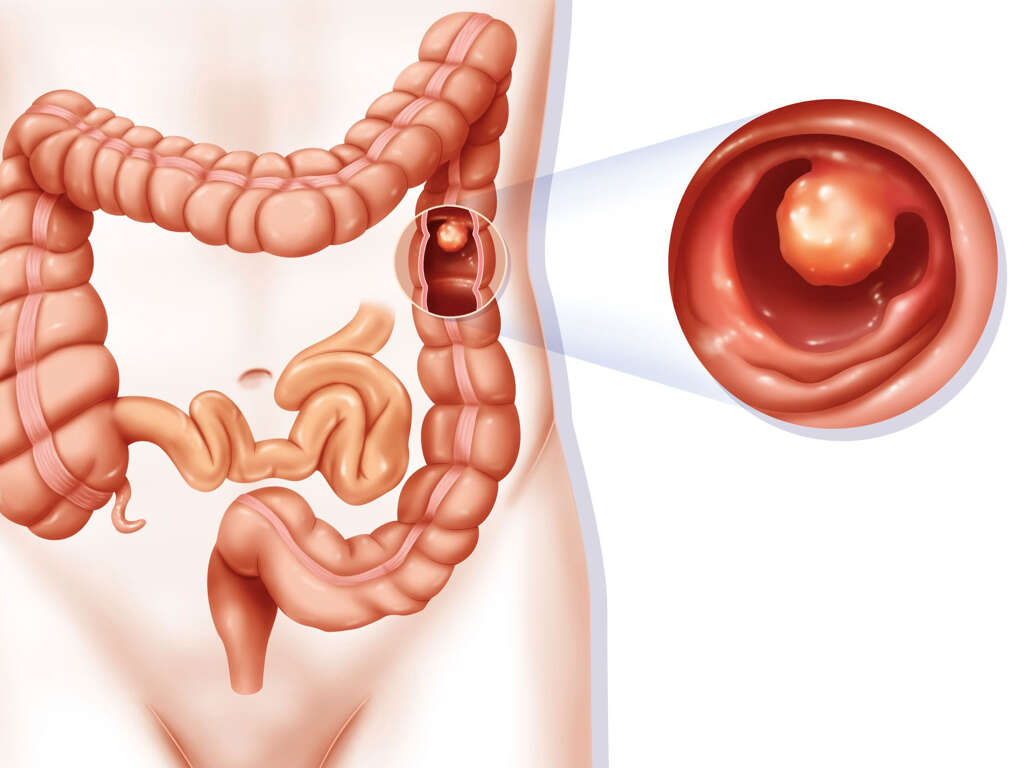What Are Colon Polyps?
2. Diagnosing Polyps
When a patient presents to the doctor with signs of abdominal distress, a normal course of action is blood work. People with polyps may have an iron deficiency often due to the slow bleed from the mass. Over time, this blood loss results in a lack of iron. Without the requisite amount of iron, the body will not efficiently produce hemoglobin, the substance that helps carry oxygen throughout the body in red blood cells. The doctor may also request a stool sample for examination.
Whether there are symptoms or not, the only way polyps can be discovered is via direct examination of the bowel. This can be done using radiological testing, such as a barium enema or CT of the area. Sigmoidoscopy and colonoscopy are the two most common ways doctors examine the colon. Both use small cameras inserted into the rectum. In a sigmoidoscopy, only the lower part of the large intestine, including the rectum, is examined. A colonoscopy is extensive and involves a complete examination of the colon. A colonoscopy is the most common way polyps are found and removed.
Advertisement












